Non-stick pans have become popular because they make it easy to cook fragile foods, such as crepes, without experiencing sticking or breaking. In addition, cleaning non-stick pans is generally easy. There are a few reasons why your food may still stick when using a non-stick pan, however.
Production
Not all non-stick pans are created equal. Cheaper pans may have a thin or irregularly applied coating that can cause food to stick. Because of health concerns about some non-stick coatings, new coatings have been introduced, but not all of them work as well as traditional coatings such as Teflon. Heavy, good-quality pans with many coatings will last longer, distribute heat more evenly and prevent food from sticking more effectively.
Heat
Most non-stick pan manufacturers recommend heating the pan over medium heat and bringing it up to temperature before adding food. Putting food in a cold pan can cause food to stick. Cook only over low or medium heat. Non-stick pans are not made to cook over high heat.
Cooking
Many cooks want to move food around a lot when cooking. It’s best to cook food for the desired amount of time and flip it only once. If food is sticking, you may be trying to turn it too fast. This is particularly true when cooking meats and other proteins.
Oil, Butter and Fat
One of the main advantages of non-stick cookware is that you can use less butter, fat and oil. You still need to use some oil or fat, however. If your food is sticking, you may be using too little. You can also brush the food with a small amount of oil in addition to oiling the pan, which is a trick chefs use to prevent food from sticking to pans that aren’t designed to be non-stick.
Damaged Coating
Pans that have been used improperly may have lost some of their non-stick coating, causing food to stick. Scratch marks on the coating, often caused by using metal utensils or abrasive cleaning materials, are a surefire sign that the coating is damaged. In addition, pans that have been heated above the recommended temperature may have a damaged coating. In these instances, buy a new pan.
Cleaning
Non-stick pans need to be cleaned of any built-up residue frequently. This is particularly true if you use non-stick spray often. Use a non-abrasive scrubber and a cleaning solution recommended by the manufacturer to clean your pan thoroughly.
Age
Non-stick pans don’t last forever. The coating of a non-stick pan deteriorates over the years, particularly with heavy use. Cheaper pans, which have fewer layers, will lose their coating even faster. Follow the manufacturer’s cleaning and care instructions to ensure you get the longest life from your non-stick pans.
Related Articles

The Best Types of Pans to Cook ...

How to Cook With Stainless-Steel Frying ...
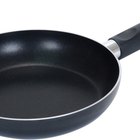
How to Use Oil in a Nonstick Pan
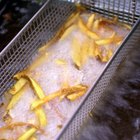
Alternatives to a Deep Fryer

How to Refinish Cast Iron Cornstick Pans
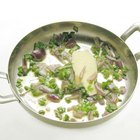
What Is the Best Cookware for Electric ...

Are Nickel Lined Pans Safe?

What Are the Dangers of Titanium in ...
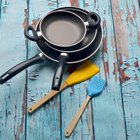
Are Teflon-Coated Pans Oven-Safe?

Anodized Vs. Teflon in Cookware
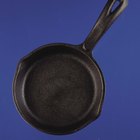
Does Peroxide & Baking Soda Harm Cast ...

How to Use an Iron Skillet on a Ceramic ...
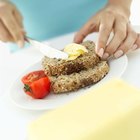
Healthy Butter Substitutes

The History of Deep Fat Fryers
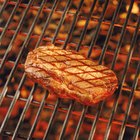
The Difference Between Grilled & ...
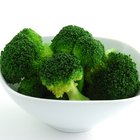
The Positive Effects of Using a ...

The Advantages of Wok Cooking

How to Clean Burnt Spills on Silicone ...
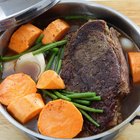
What Is a Braising Pan?
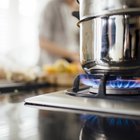
How to Cook in a Gas Stove or Oven
References
Writer Bio
A graduate student in Boston, MA, Michael Kay has been a professional writer for over five years. After working in political communications, he began working as a copywriter for a national advertising agency based in Chicago. His work can be found in college textbooks, corporate marketing materials and across the Web. He has a Bachelor of Arts in magazine feature writing from Ball State University.